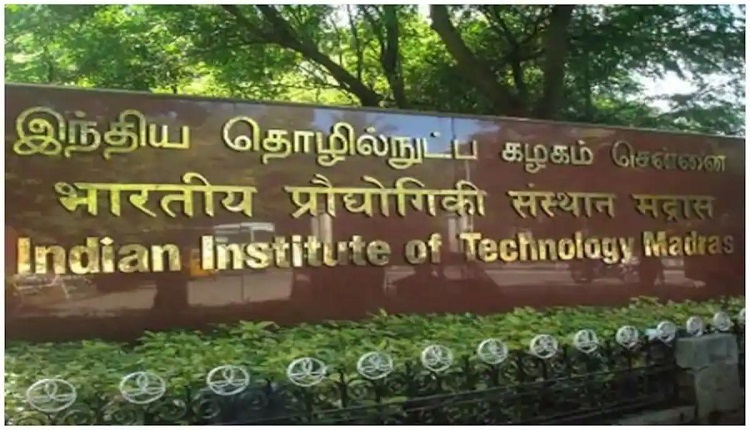Motion Planning Algorithm Developed By IIT Madras That Can Think Like Human Beings
The researchers at the (IIT), Indian Institute of Technology, Madras have fostered a class of quick and productive ‘motion planning’ algorithms that can think like humans and empower independent ethereal, ground, or surface vehicles to explore hindrance jumbled conditions. As per the group, the algorithms have been created on the clever thought of ‘Generalised Shape Expansion’ (GSE) that empowers making arrangements for a safe and powerfully doable direction for autonomous vehicles.
The motion planning algorithms of IIT Madras
These methodologies have been found to yield better outcomes looked at than large numbers of the current original and cutting edge motion planning algorithms. In view of its clever computation of a ‘protected’ locale, it gives a significant development after some time touchy arranging situations emerging in applications like self-driving vehicles, catastrophe reaction, ISR tasks, aeronautical robot conveyance, and planetary investigation, among others, the group guaranteed.
Unmanned Aerial Vehicles (UAVs) are regularly sent to review impacted districts and output flotsam and jetsam for search and salvage missions. Since in such applications, UAV ways should be arranged ahead of time in a period basic way, these calculations can assume a key part, they said.
The examination and research drove by Satadal Ghosh, Assistant Professor, Department of Aerospace Engineering, IIT Madras, has distributed a few exploration papers in universally presumed peer-investigated diaries like AIAA Journal of Guidance, Control, and Dynamics, and IEEE Control Systems Letters, and top-level meetings like IEEE Conference on Decision and Control (CDC), American Control Conference (ACC) and AIAA SciTech.
The group included IIT Madras graduated class Vrushabh Zinage, a doctoral research scholar at the University of Texas Austin (USA), Adhvaith Ramkumar, an alumni understudy at Warsaw University of Technology, Poland and Nikhil P, an expert at Goldman Sachs. “The GSE-based calculations work by ascertaining a ‘protected’ district comprising of enormous ‘apparent’ regions in the climate, altered to guarantee safeness,” Zinage said.



